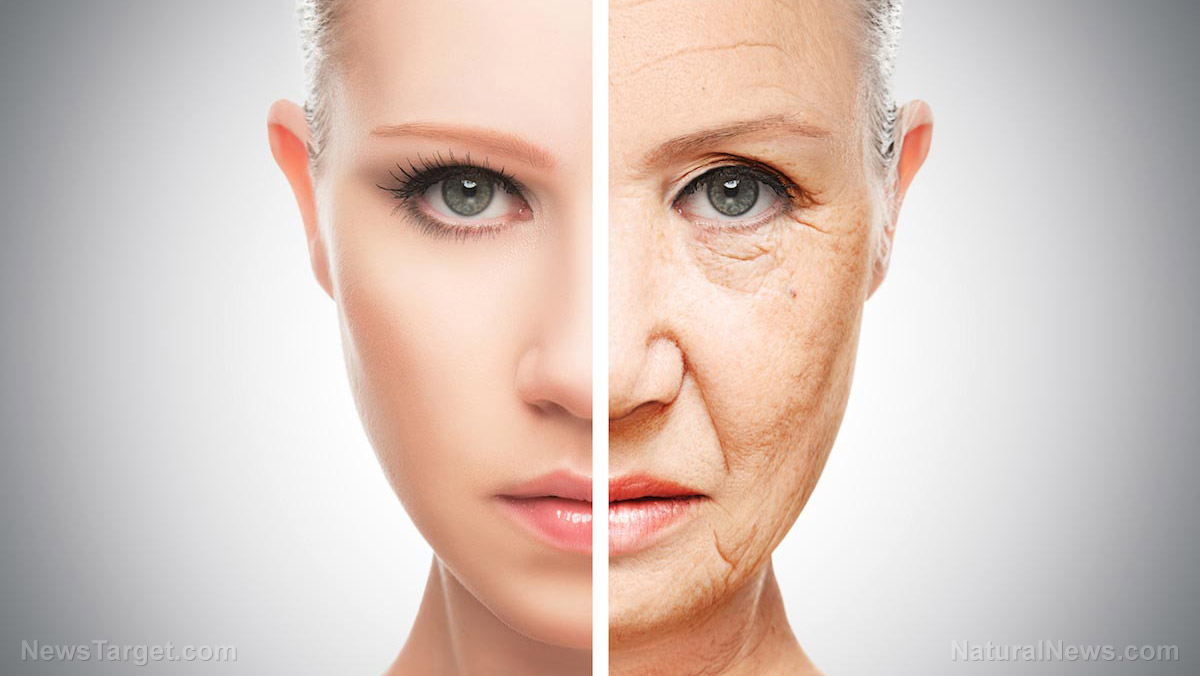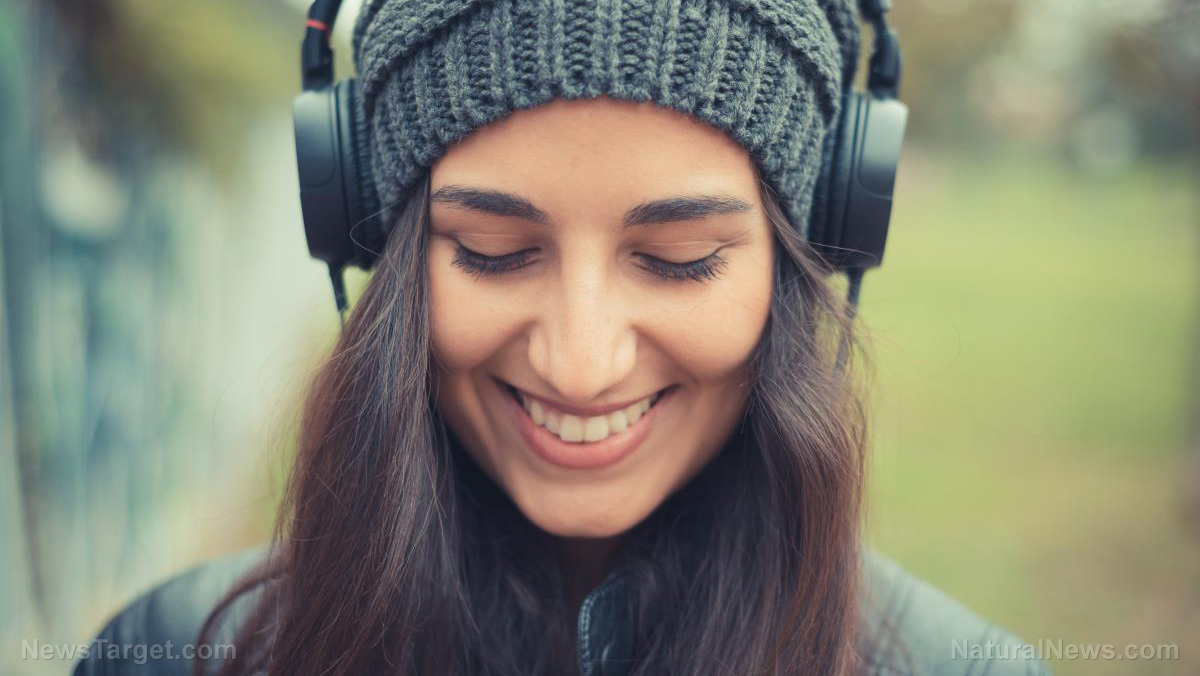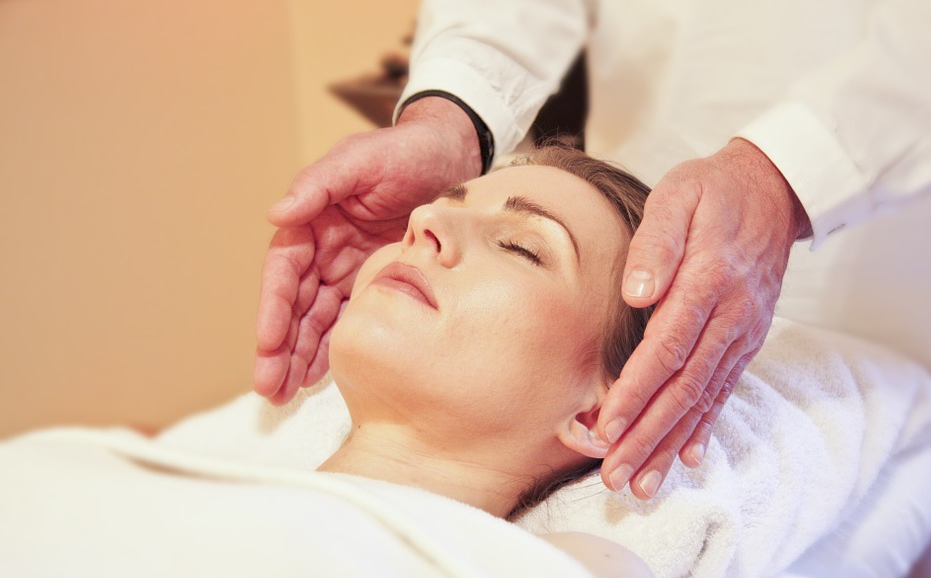Mental health experts are turning to VR technology to improve outcomes of patients suffering from anxiety disorders
11/19/2018 / By Edsel Cook

An article in Psychology Today brought up the increasing use of virtual reality (VR) technology to treat anxiety disorders. It devoted a considerable amount of attention to Virtual Reality Graded Exposure Therapy (VRGET).
VRGET is a new treatment method for anxiety. It takes advantage of increasingly cheap technology and the growing availability of broadband internet services that can handle the heavy data requirement.
It is intended to treat certain phobias, general anxiety, and panic-related disorders. Its developers believe it can aid people who are prone to panic attacks, suffer from post-traumatic stress disorders, or have intense fears like agoraphobia and social phobia.
VRGET works by reducing the sensitivity of the patient to the cause of anxiety or panic. It operates on the same principle as in-vivo exposure therapy and imaginal exposure therapy.
In-vivo exposure exposes the patient to the actual object, either slowly or quickly, to desensitize the patient. Imaginal exposure, on the other hand, conjures mental images of the object of fear.
Controlled trials of VRGET have indicated that its effectiveness matches in-vivo exposure therapy and exceeds that of imaginal exposure. This is vital given many patients with anxiety disorders or phobias cannot handle in-vivo exposure to their object of fear. (Related: From OCD to depression to anxiety, learn how inositol can prevent many mental health disorders.)
VR therapy touted as an effective and cheap way of treating anxiety disorders
The growing scientific literature included a 2003 study conducted by Vincelli that compared cognitive-behavioral and VRGET therapies. Their controlled study determined that both treatments achieved the same level of effectiveness on patients who had panic disorder with agoraphobia. However, the VR-enabled method achieved its benefits in less time than the conventional approach.
Other controlled studies covered the effectiveness of VRGET on specific phobias. Driving, flying, heights, small animals, and other objects of phobic fear have been successfully simulated and used to treat people who are afraid of them. A 2002 study by Maltby, for example, reported that 65 percent of the patients with a certain anxiety disorder experienced great improvements after undergoing VRGET.
Furthermore, the use of VR is much cheaper for treating certain phobias that are difficult or expensive to repeat in real life. Conventional exposure therapy for people who have a fear of flying requires the use of an actual plane, which is costly and can take up a lot of time.
VRGET can create a sufficiently realistic experience of flying for the patient. It is also easier to schedule and implement.
It is also considered to be a good treatment for post-traumatic stress disorder. A follow-up study conducted by the Virtual Reality Medical Center in San Diego, California reported that VRGET sessions achieved positive results with veterans of Afghanistan and Iraq.
VRGET is not for certain anxiety patients
However, VRGET is not applicable to all patients due to certain drawbacks. A survey showed that almost four percent of its patients experienced blurry vision, disorientation, dizziness, headaches, and nausea in the VR environment.
Users also reported infrequent bouts of “simulator sickness,” a feeling of general tiredness experienced during a VR session. If they are prone to migraines, seizures, or have a problem with their gait, their medical issues could be triggered by very strong sensory stimulation.
Chronically anxious patients who have drinking or drug problems should avoid trying out VRGET. The same holds for people who have problems with their vestibular system, the part of the inner ear that handles balance.
Most importantly, psychotic patients should never be allowed to put on a VRGET headset. The virtual environment could deepen their delusions, thus ruining any progress at dealing with their psychosis.
Mind.news has more articles about effective natural treatments for anxiety disorders.
Sources include:
Tagged Under: anxiety disorders, generalized anxiety disorder, goodtechnology, mental health, phobias, PTSD therapy, reduce anxiety, Virtual reality, virtual reality technology



















